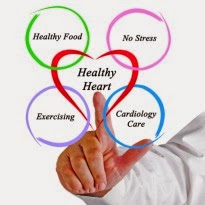Physical effects of fasting
Fasting has been called the "miracle cure" because
the list of physical conditions improved by fasting is long and varied. Cited
most often are allergies, arthritis, digestive disorders of all kinds, skin
conditions, cardiovascular disease, and asthma.
Fasting frees up energy so healing can begin
Free up this energy and it can be diverted to healing and
recuperation. It can detox and repair cells, tissues and organs, eliminating
foreign toxins as well as the natural metabolic wastes (which are also toxins)
produced even by our healthy cells.
Losing weight
Losing weight is, for many of us, one of the greatest
benefits of fasting. Due to differences in metabolism and/or body chemistry (or
mental patterns), exact results will vary from person to person.
Fasting can give you more energy
When you've progressed past the stage of dealing with detox
symptoms, a fast will have you feeling lighter, more energetic, more
enthusiastic, and requiring less sleep.
Mental and emotional benefits of
fasting
Fasting
improves mental clarity and focus, it can become a tool in your life to give
you greater freedom, flexibility, and energy to get done the things and
projects that are important to you.
Emotionally, you will
feel calmer, clearer and happier.
Fasters often report that depression lifts, goals begin to feel more
obtainable as
Obstacles
are put into proper focus. Doctors have reported patients experiencing
Improved concentration, less anxiety, sleeping better and waking more
refreshed.








.jpg)